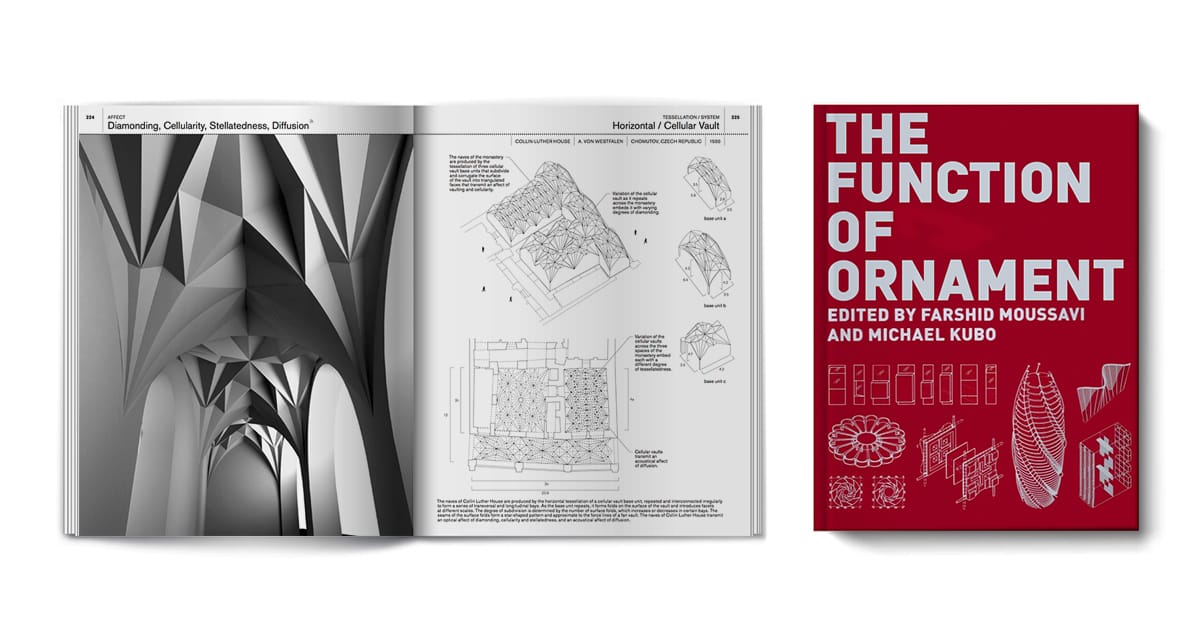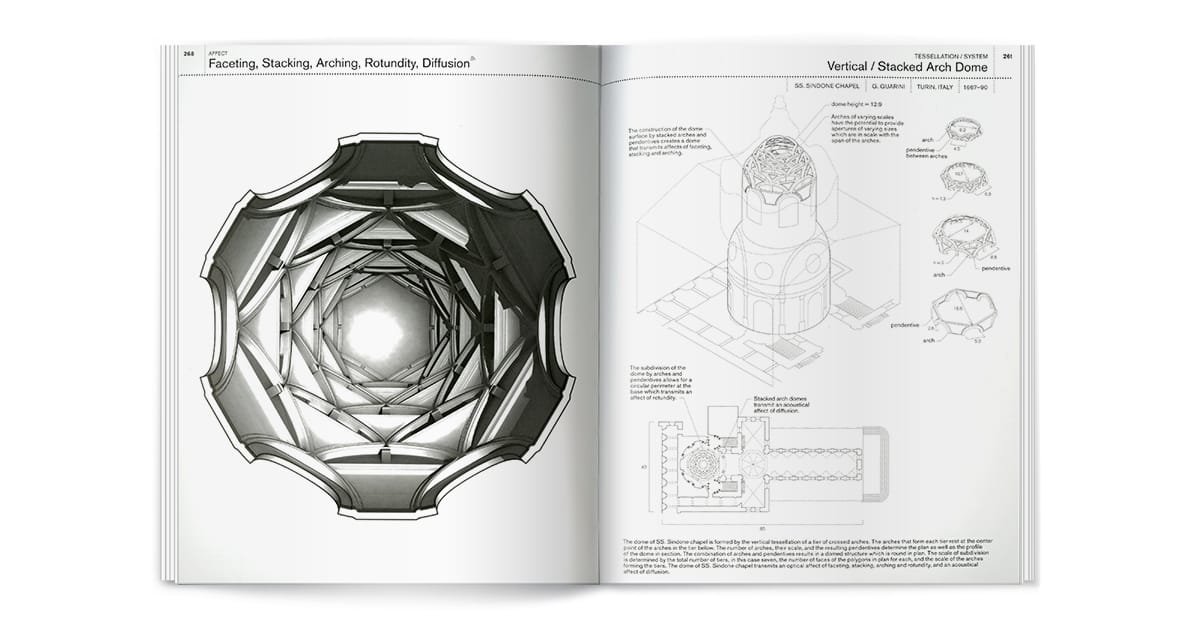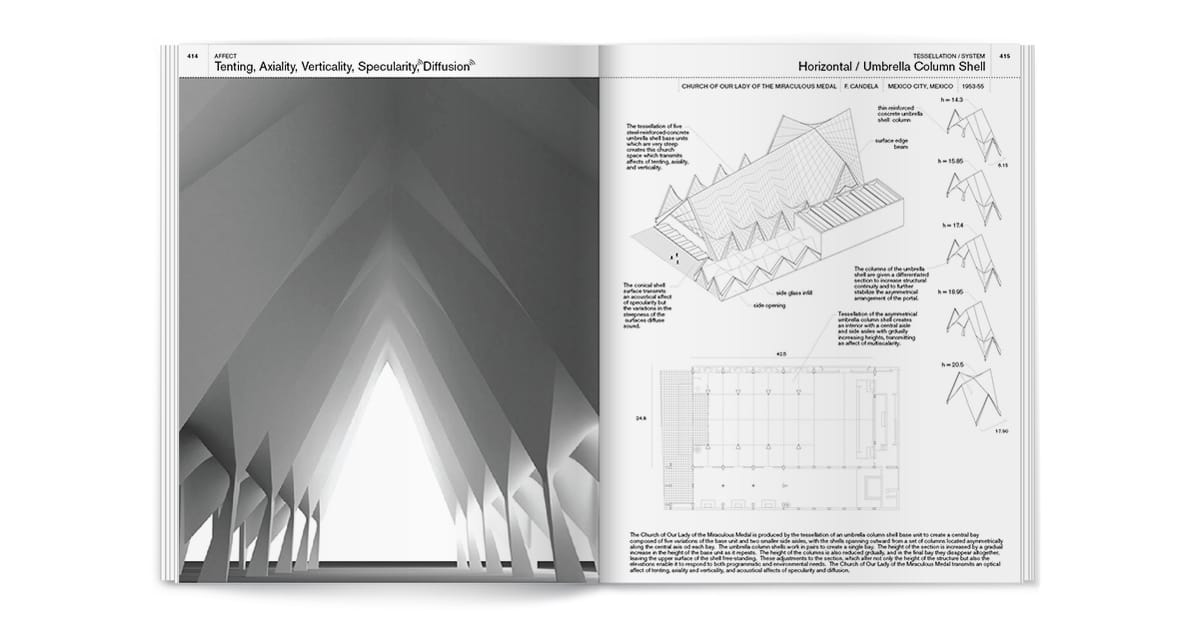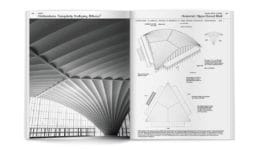 The Function of Ornament, edited by Farshid Moussavi and Michael Kubo, explores the role of ornament through drawings, diagrams, and notations.
The Function of Ornament, edited by Farshid Moussavi and Michael Kubo, explores the role of ornament through drawings, diagrams, and notations.
The Function of Ornament became an instant classic by showing how modern architectural ornament reflects cultural values not by transmitting specific symbolic content, but by transmitting timeless perceptual experiences.
First published in 2006, The Function of Ornament collects work produced in a studio at the Harvard University Graduate School of Design led by architect Farshid Moussavi. Edited by Moussavi and Michael Kubo, the book offers a compelling reading of ornament that contrasts with the traditional view of ornament as symbolic decoration. Such symbols often depend on specific cultural values but, as Moussavi points out in her introduction, our increasingly cosmopolitan society has made it difficult for buildings to communicate symbolically. Instead, the book describes ornament as a material expression that is intrinsically tied to a building’s construction, program, and setting. Such ornament relates to culture through the lens of sensory experience or “affect” that can be constantly reinterpreted.
Existing somewhere between technical guidebook and glossy catalogue, the book presents 42 case studies arranged according to three classifications: depth, material, and affect, which describe, respectively, how the ornament is integrated into the building, the architectural or cultural forces that produce the affect, and primary quality created — e.g. “fluted” or “undulated” or “embroidered.” Beyond Moussavi’s introduction, few words are used to communicate these ideas, relying instead on graphic black and white drawings, diagrams, and notations. While the lack of photographs can be frustrating at times, the brilliantly clear illustrations maintain the focus on the seamless integration of construction, ornament, and affect.
At times, the book recalls sections of Viollet-le-Duc’s Dictionnaire Raisonnee de ‘Architecture (1854) in which the French architect and theorist analyses the formal qualities of Gothic cathedrals from a purely rational perspective, ignoring their symbolic content. The Function of Ornament similarly offers a deeper reading of buildings that looks beyond style to understand the forces that shape buildings. More than 10 years after its publications, it remains a useful and relevant reference for rethinking ornament and how our buildings can resonate with contemporary culture.

















